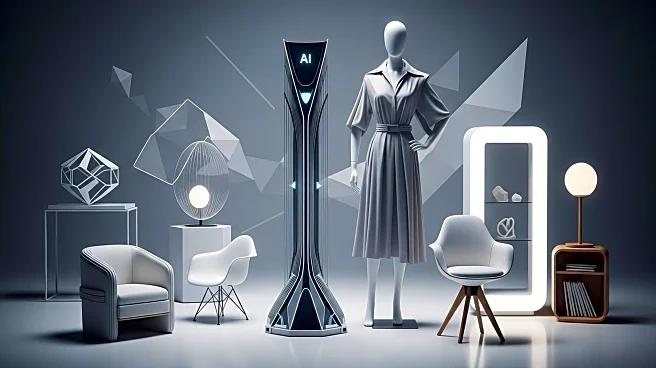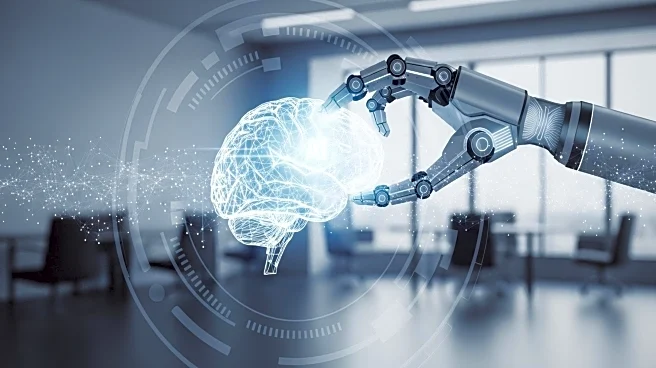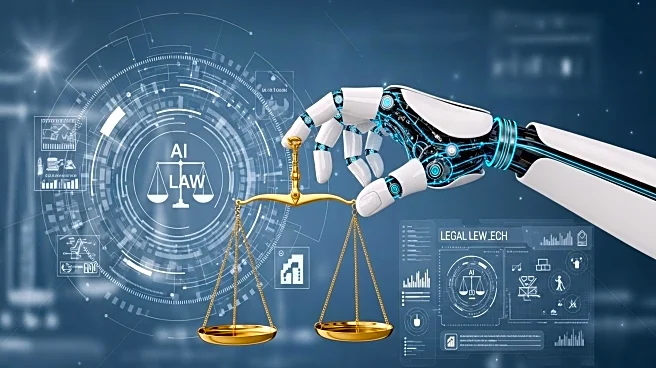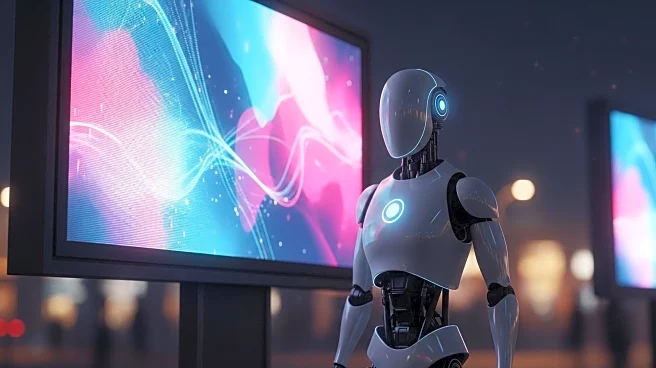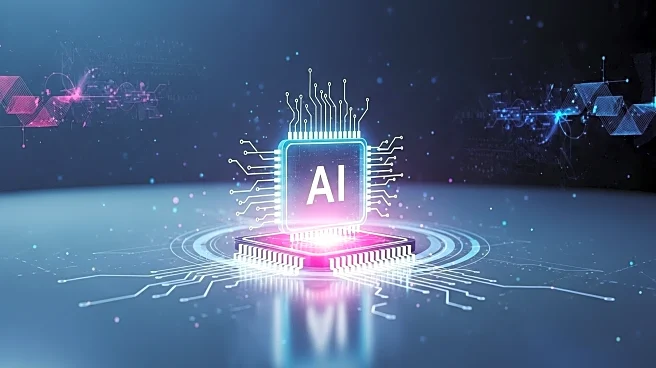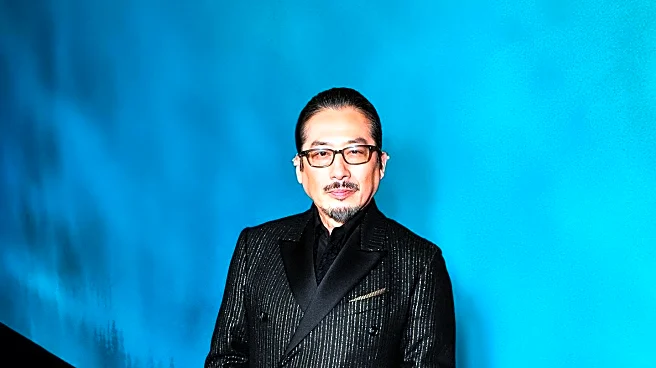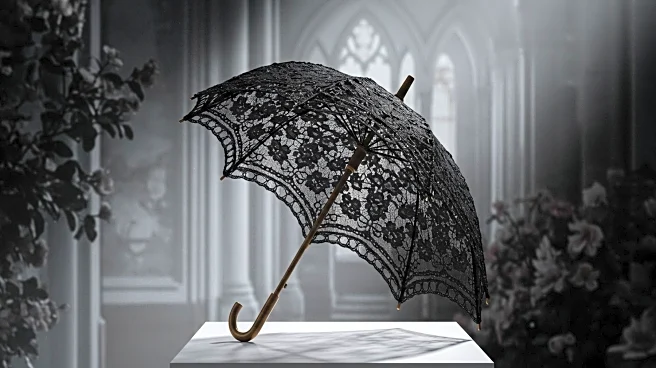What's Happening?
Artificial intelligence is transforming the design industry, impacting fields such as architecture, fashion, and furniture. Designers are increasingly integrating AI into their creative processes to enhance efficiency and innovation. Philippe Starck, a renowned industrial designer, has utilized AI to create the first mass-produced piece of furniture, the 'AI chair,' which was developed in collaboration with Autodesk. Similarly, fashion designer Norma Kamali is using AI to categorize and generate new designs based on her extensive archive, allowing for innovative reinterpretations of her work. In architecture, Tim Fu Studio is pioneering AI-driven projects, such as the Lake Bled Estate in Slovenia, which incorporates AI for spatial optimization and design harmony with local traditions. These advancements demonstrate AI's potential to revolutionize design by offering new tools for creativity and efficiency.
Why It's Important?
The integration of AI in design signifies a major shift in how creative industries operate, potentially leading to increased efficiency and novel design solutions. For the architecture sector, AI can optimize spatial configurations and enhance design harmony with local traditions, potentially reducing costs and improving project outcomes. In fashion, AI's ability to reinterpret archival designs can extend the lifecycle of brands and offer fresh perspectives on existing collections. The furniture industry benefits from AI's capacity to innovate product design, potentially reducing material usage and energy consumption. These developments could lead to new job opportunities and reshape industry standards, as AI becomes a crucial tool in the creative process.
What's Next?
As AI continues to evolve, its role in design is expected to expand, with more industries adopting AI-driven methodologies. Designers may increasingly rely on AI for idea generation and efficiency improvements, while maintaining their creative vision. The ongoing development of AI technologies could lead to more sophisticated tools that further enhance the design process. Stakeholders in the design industry, including businesses and educational institutions, may need to adapt to these changes by investing in AI training and resources. The future of design may see a blend of human creativity and AI capabilities, leading to innovative solutions and new industry standards.
Beyond the Headlines
The use of AI in design raises ethical and cultural questions about the role of technology in creative processes. While AI offers efficiency and innovation, it also challenges traditional notions of creativity and authorship. Designers must navigate the balance between leveraging AI's capabilities and preserving the human element in their work. Additionally, the widespread adoption of AI could lead to concerns about job displacement and the need for new skill sets. As AI becomes more integrated into design, the industry must address these challenges to ensure a harmonious coexistence between technology and human creativity.
